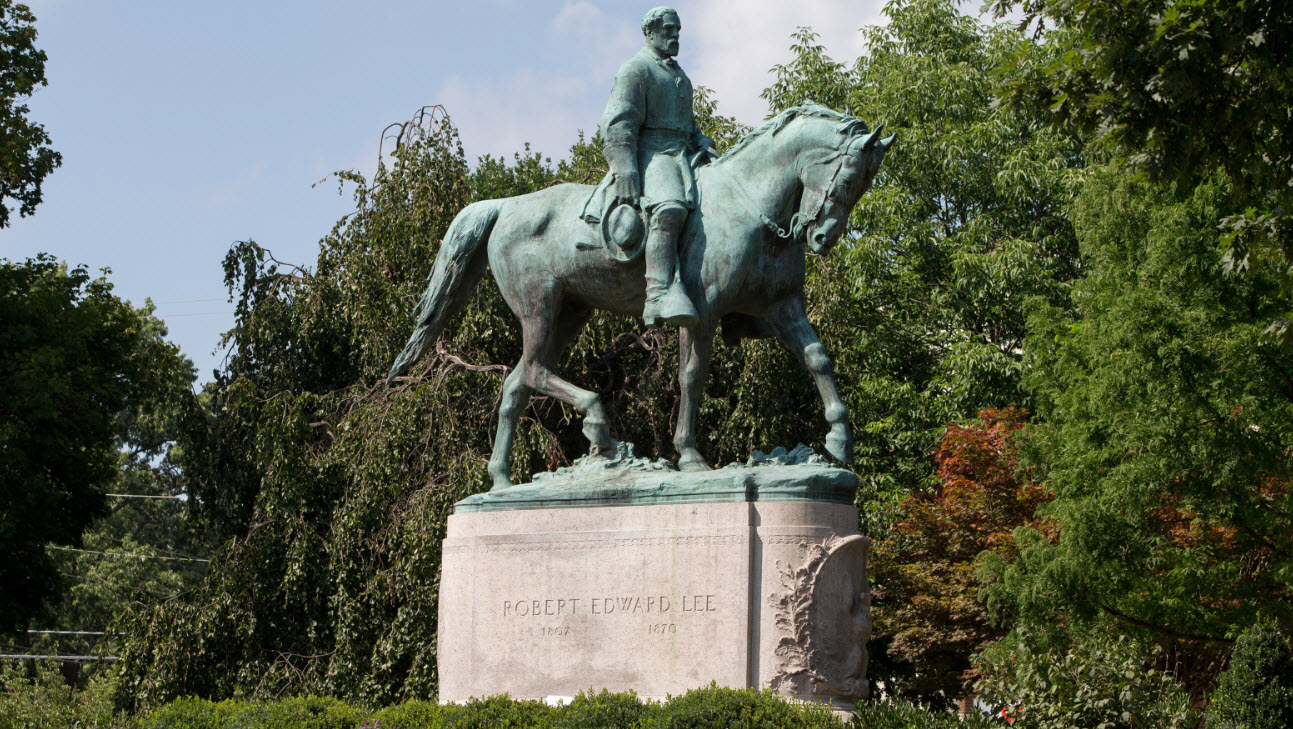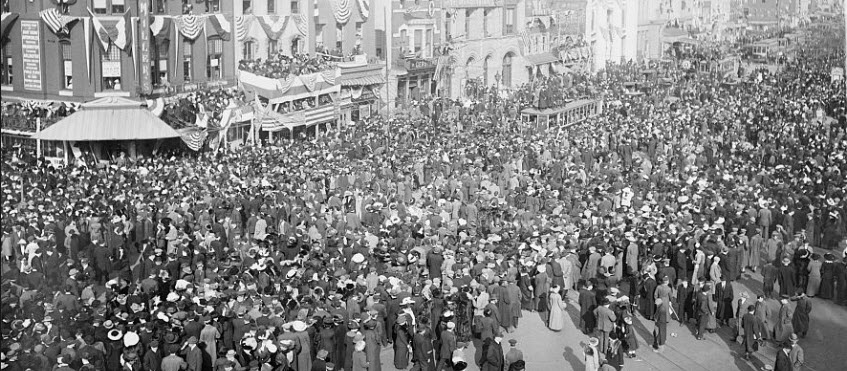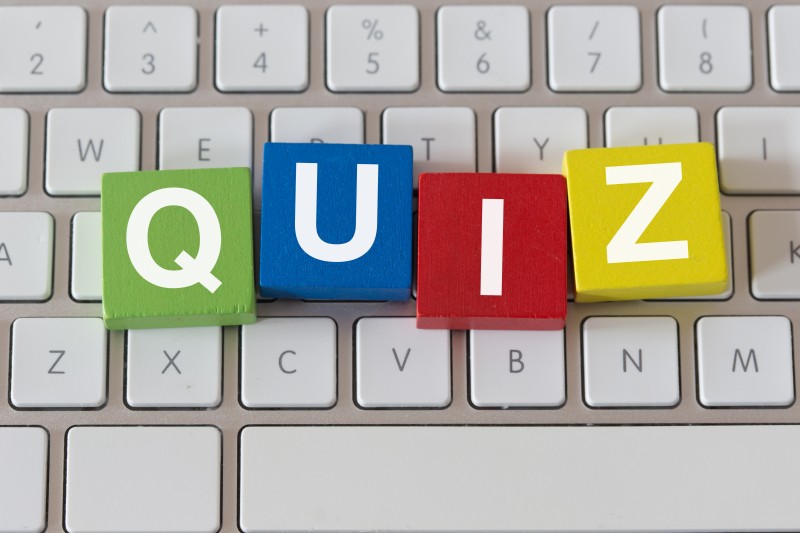| By Debra Kirby |
After spending five days in New York City, much of it in and around Central Park, I decided to give my tired feet a rest and engage in some online exploration in honor of National Parks and Recreation Month, which has been celebrated in the United States during the month of July since 1985.
我已经知道Central Park was designed by landscape architect Frederick Law Olmsted, who also designed Detroit’s Belle Isle Park—where I spent many childhood weekends, picnicking with my family and wading through the mucky sand of the beaches of the Detroit River. But there was so much more to discover, so I jumped intoU.S. History In Contextand learned:











